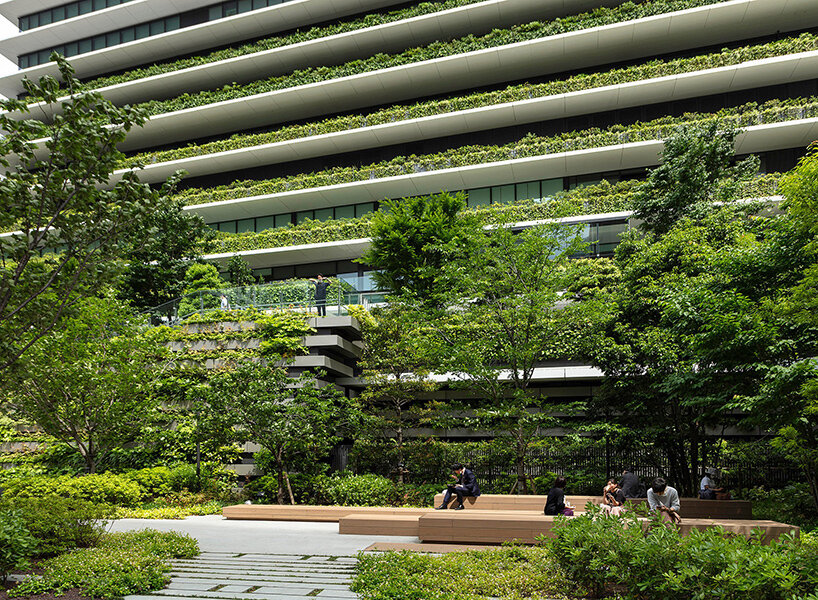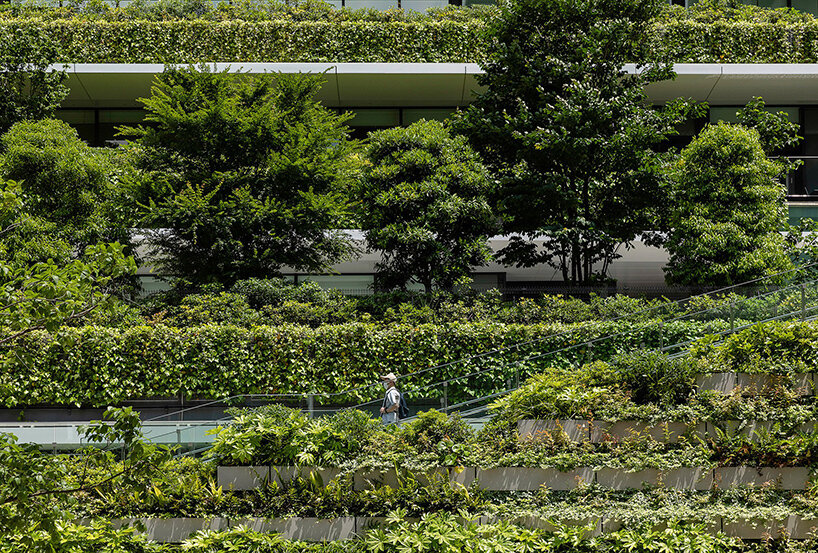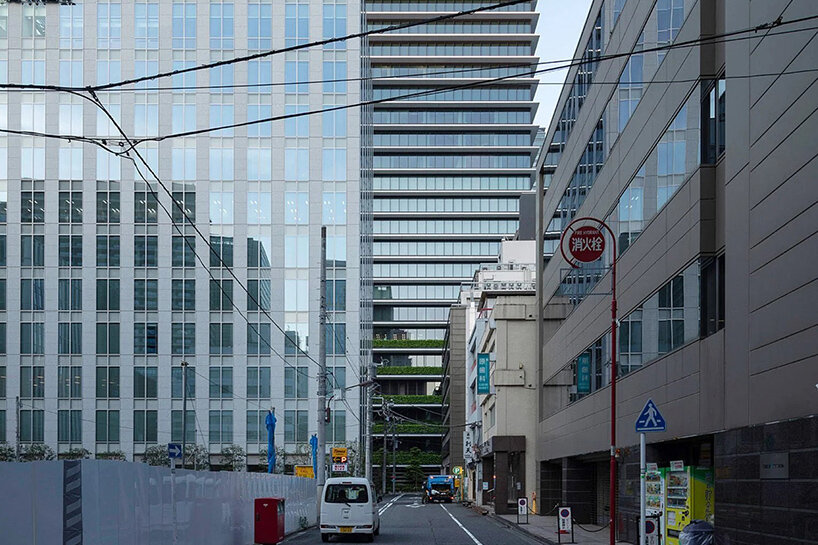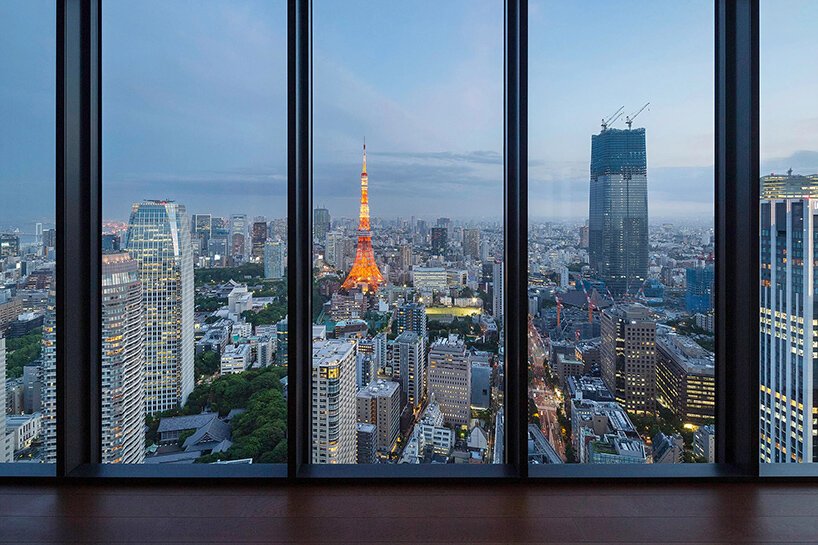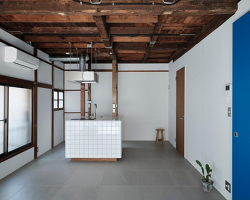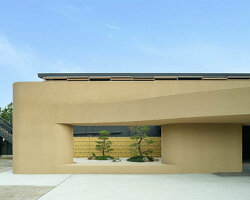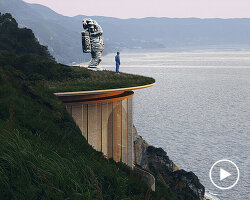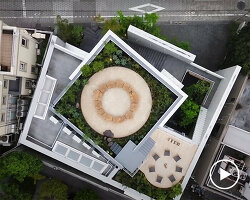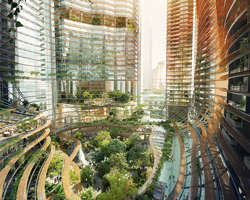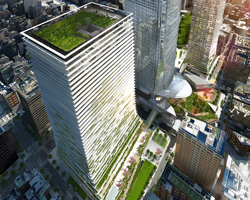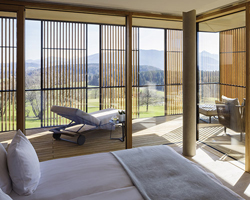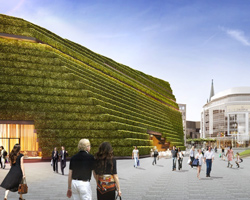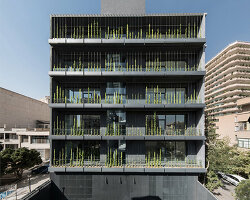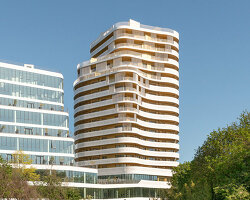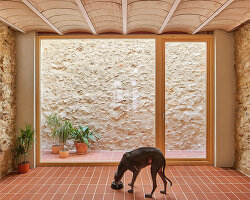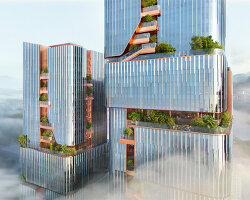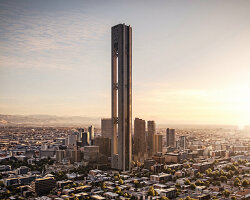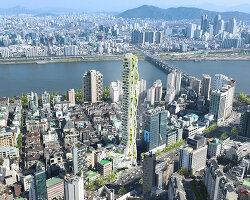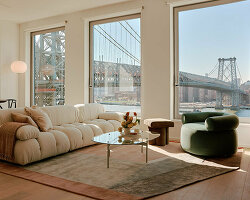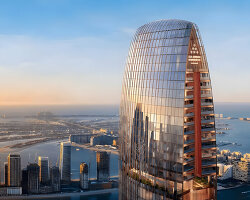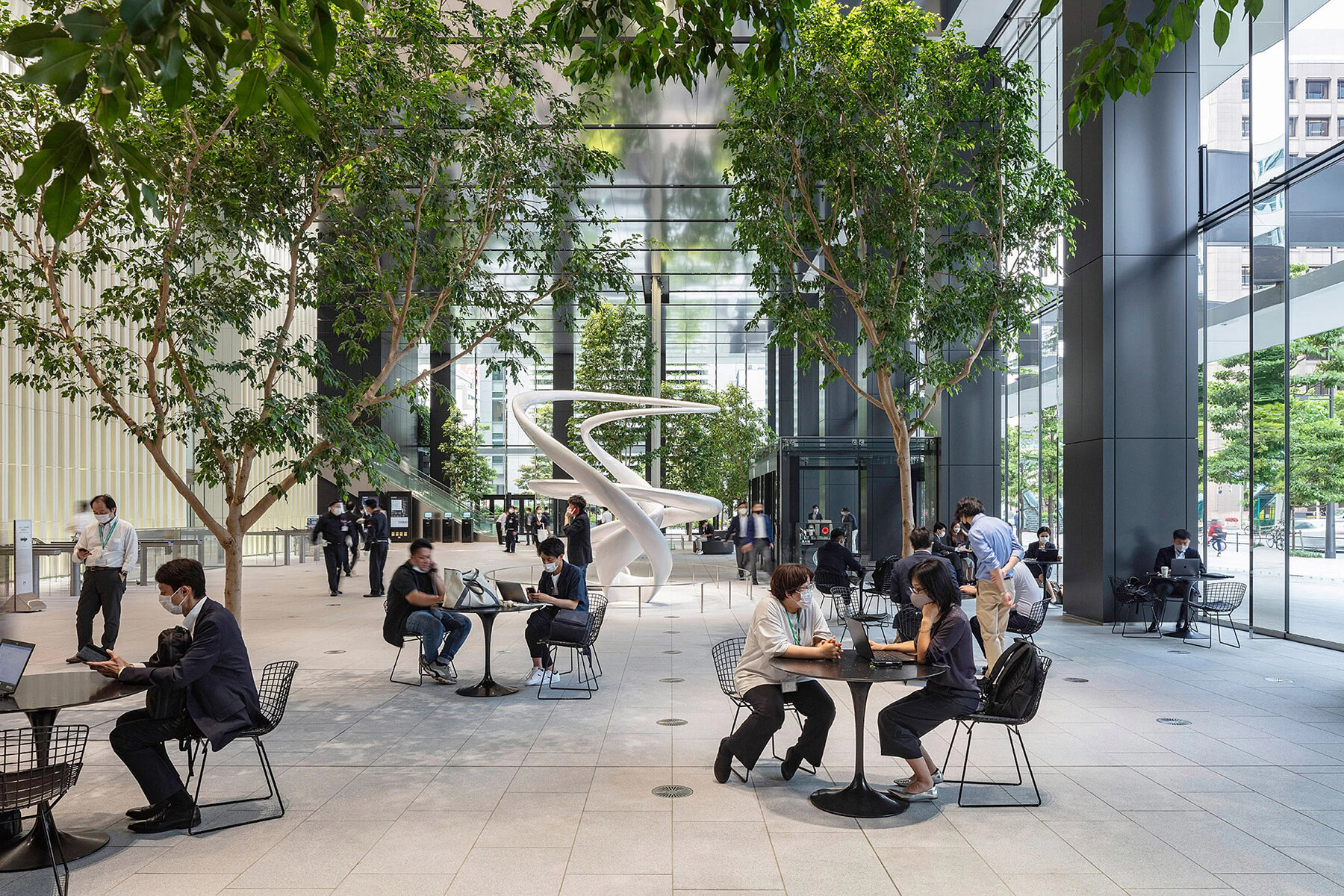
the project integrates its surroundings, introducing public space to the neighborhood
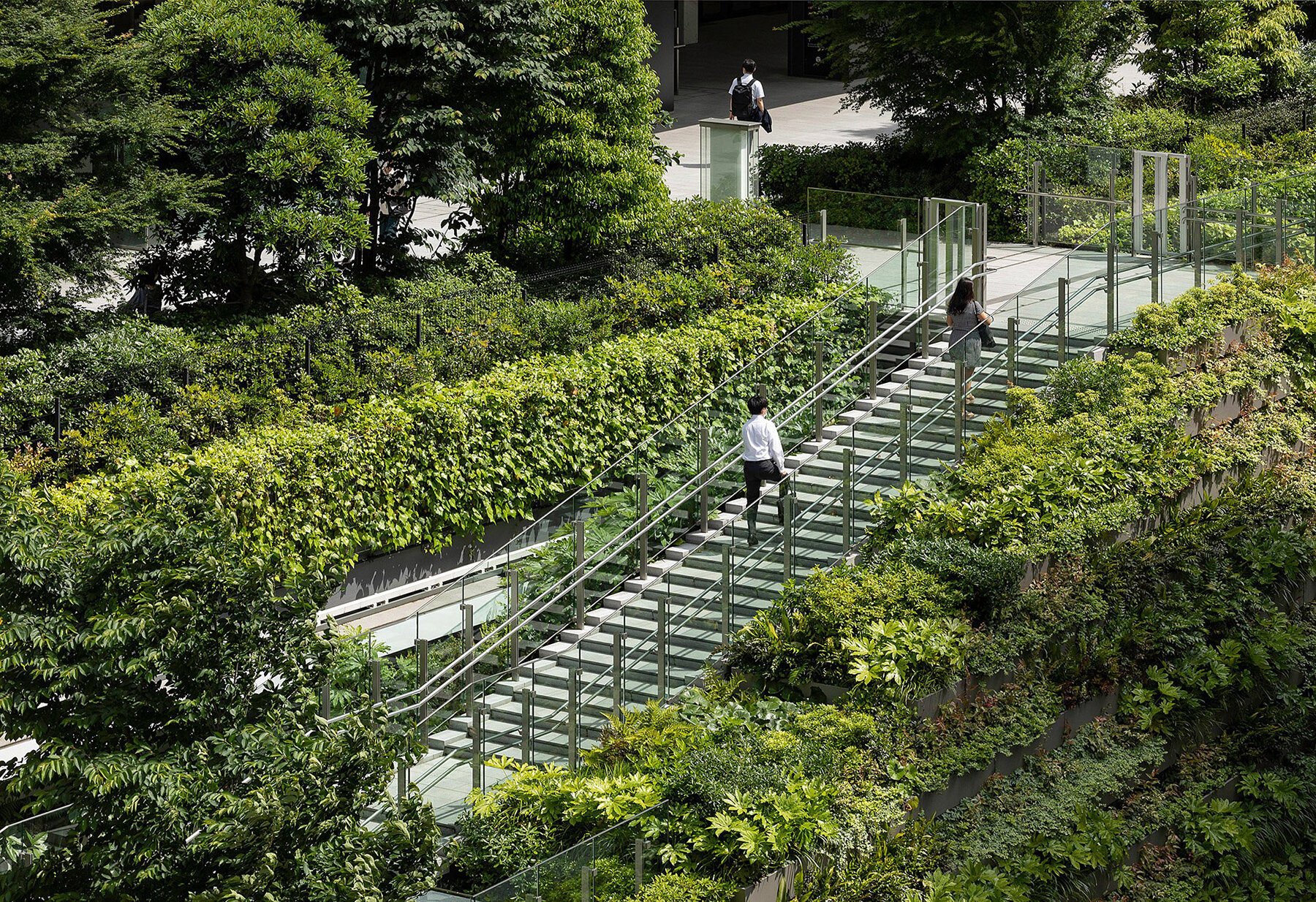
the garden plateau is elevated one level above the street
KEEP UP WITH OUR DAILY AND WEEKLY NEWSLETTERS
PRODUCT LIBRARY
the minimalist gallery space gently curves at all corners and expands over three floors.
kengo kuma's qatar pavilion draws inspiration from qatari dhow boat construction and japan's heritage of wood joinery.
connections: +730
the home is designed as a single, monolithic volume folded into two halves, its distinct facades framing scenic lake views.
the winning proposal, revitalizing the structure in line with its founding principles, was unveiled during a press conference today, june 20th.
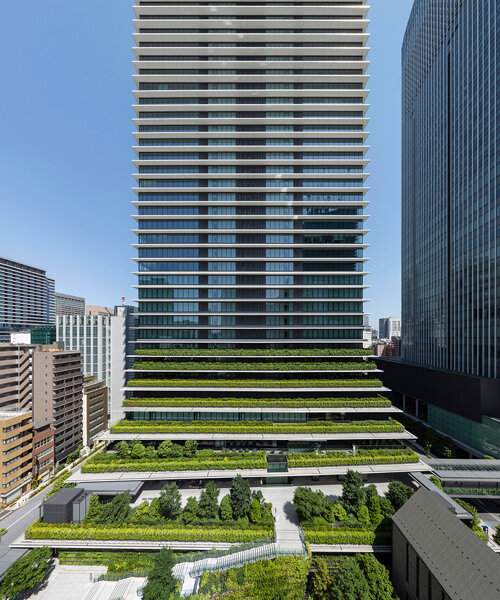
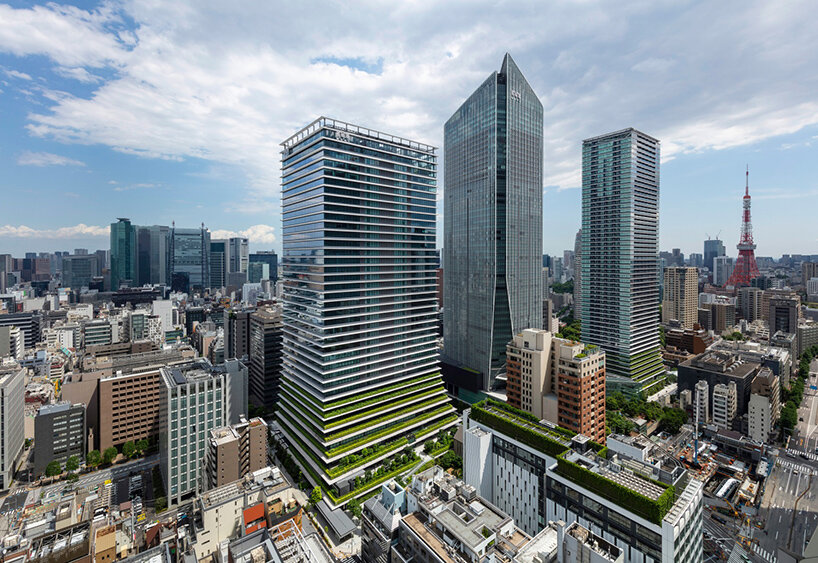 images © ingenhoven associates /
images © ingenhoven associates / 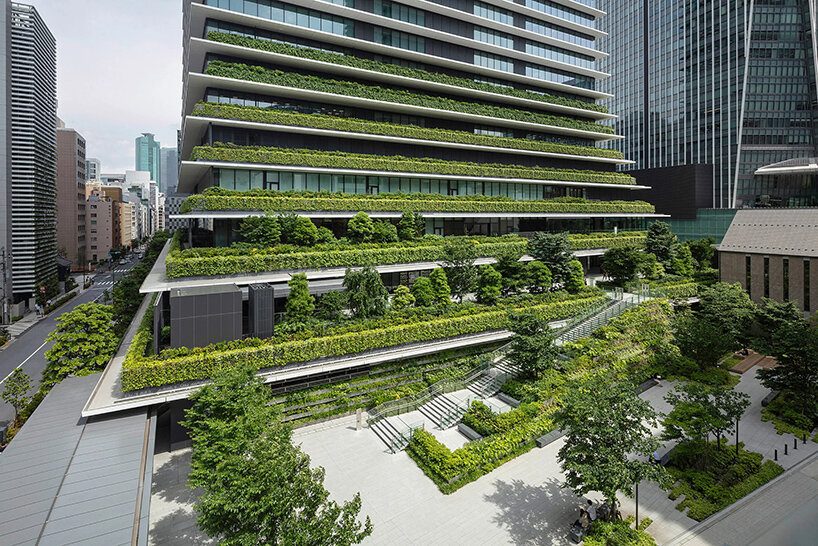
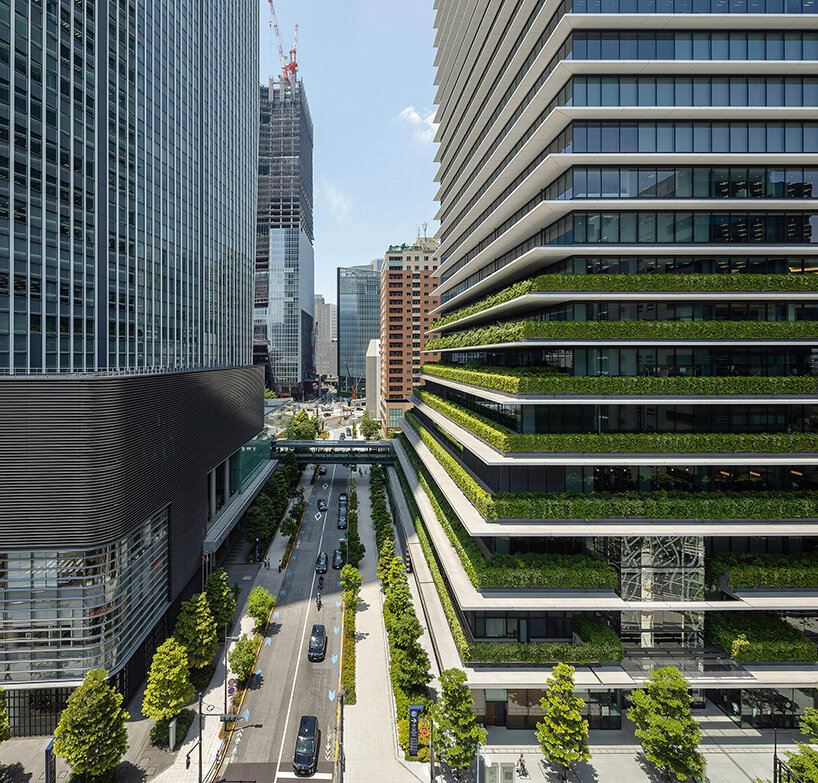
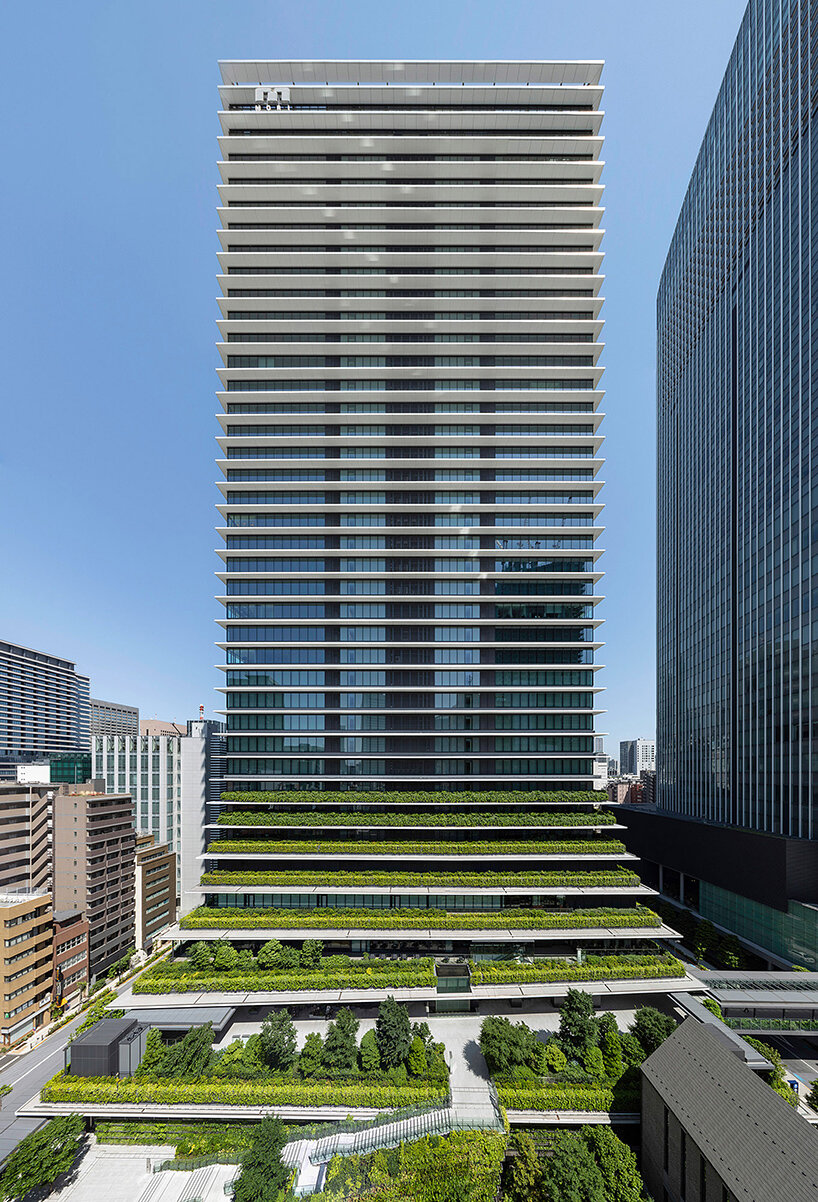 a landscaped plateau connects the two towers and the existing Toranomon Hills Tower
a landscaped plateau connects the two towers and the existing Toranomon Hills Tower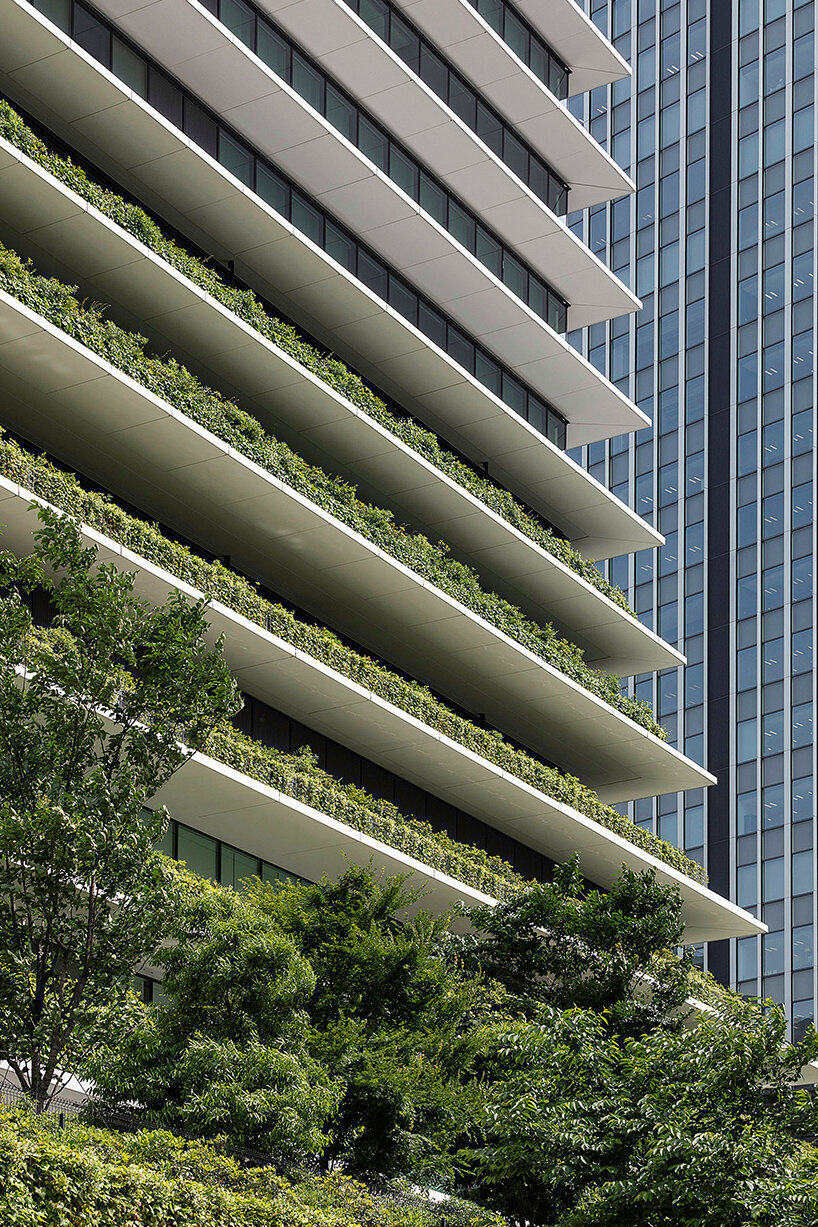 large, overhanging decks serve as sunshades for the levels below
large, overhanging decks serve as sunshades for the levels below